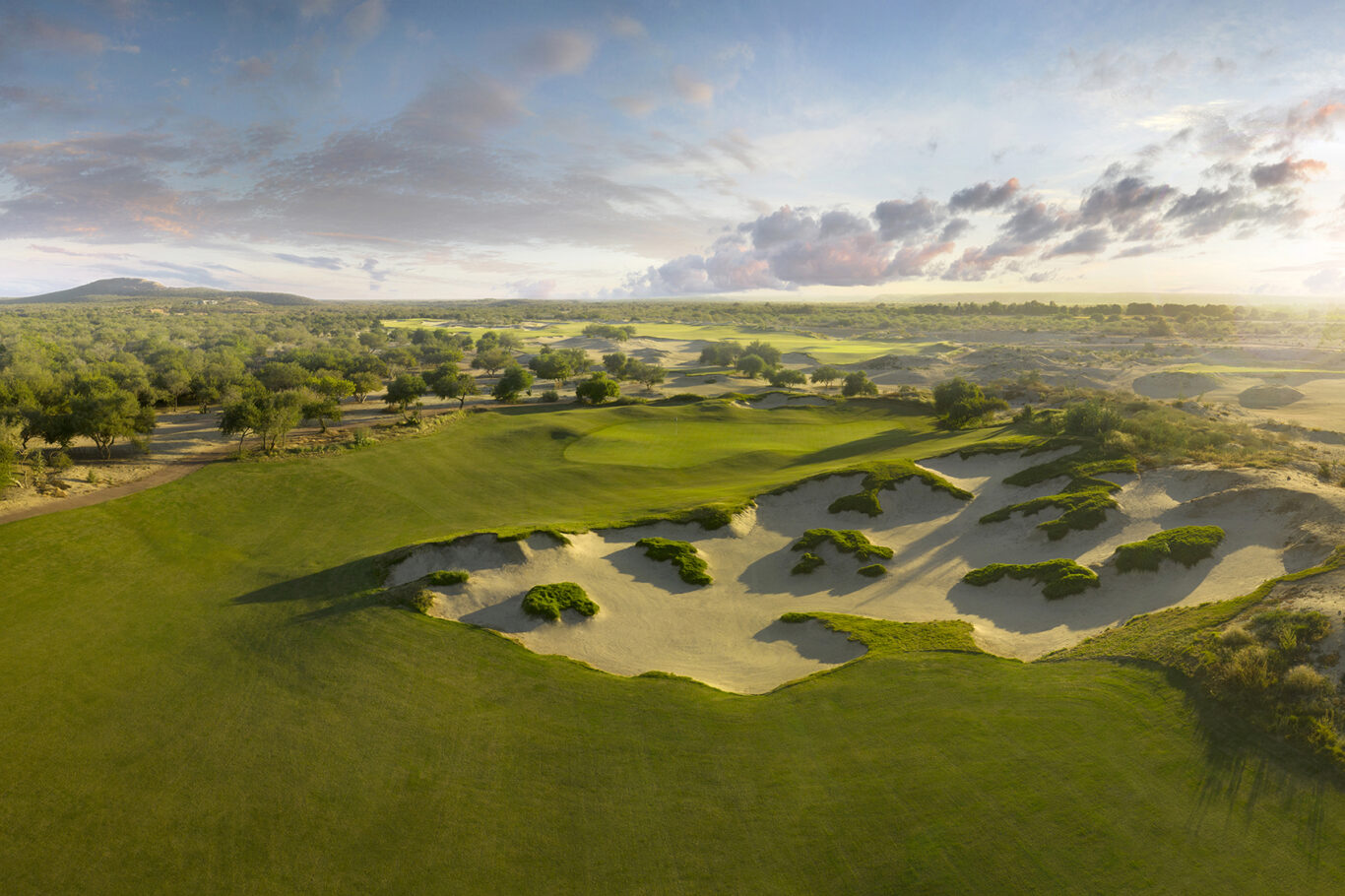
Blog | Thursday, September 22, 2022
7 Historical Sights You Should Visit While in East Cape
You may have visited the beautiful beaches of East Cape Baja, and maybe even hiked the mountainous terrain. But how much do you really know about Los Cabos?
With a long, storied history that stretches back over 10,000 years, Los Cabos is a colorful, cultural epicenter located on the tip of Mexico’s Baja Peninsula.
Are you planning a visit to the East Cape in the near future? Let’s dig into the area’s plentiful past.
Here are seven can’t-miss sites guaranteed to make your next trip to the Cape even more magical
-
1. Casa de la Cultura
Casa de la Cultura’s distinctive, colonial style and pink facade help this historical structure stand apart from the crowd.
During the Mexican-American War of 1847, the spacious structure housed resident Americans.Today, Casa de la Cultura serves a few different purposes–not only does it store a collection of exhibits from Cabo’s earlier days, but it’s also home to a theater that is frequently used as an event venue.
When you’re visiting the East Cape, pencil in some time to catch a concert, see a show, and stop by the exhibits for an extra dose of local history.
-
2. Museo de Historia Natural
Take a trip to the Natural History Museum of Cabo San Lucas to learn all about what daily life was like for the Pericú, the area’s aboriginal inhabitants.
With your free admission, you’ll see tools, weapons, and other artifacts from the Pericú tribe, trace the timeline of Spanish colonization, and learn all about the pirates that threatened the peninsula’s safety.
You’ll also be able to feast your eyes on fossils from sea creatures, astronomy, sea biodiversity, and seasonal exhibits during your visit.
The museum is easily spotted, the whitewashed building sits in the heart of Cabo San Lucas’s town square, with a massive whale skeleton welcoming you out front.
-
3. San José del Cabo
What could be cooler than exploring the oldest Spanish colonial town in the area? Founded in the early 1700s, San José del Cabo, known to locals as “The Old Town,” lies 20 miles outside of Cabo San Lucas.
In the pre-colonial era, this spot served as the water and provision stop for Spanish sailors transporting goods like silk and spices to the East. Jesuits later colonized the region in 1730, with a mission to protect against pirates and other intruders.
Plaza Mijares, the colorful town square, is lined with local art galleries, town hall, and authentic colonial buildings that will leave you feeling like you’ve stepped right into the past.
Stop by the San José Missionary Church, rebuilt in 1940, in the heart of the historic district. Sample some of the local cuisine at an array of restaurants, and pick up a unique treasure at one of the town square’s shops.
-
4. Mission San José del Cabo de Anuiti
Built in 1730 by Father Nicholas Tamara, this mission church’s historical roots run deep–and are drama-filled.
Situated in San José del Cabo’s town square, the church was originally closer to the coast. It was later moved to its current spot after another church sustained heavy damage during the Pericú rebellion against the Jesuit priests.
The church was a key player during the Mexican-American War of 1847 when American troops used the religious building as a fort. In 1918, the mission church was all but destroyed in a hurricane that pummeled the region, and it was rebuilt in 1940.
The newest construction reflects a Spanish colonial style that matches the surrounding architecture of the town.
-
5. Lighthouse of the False Cape
There’s something hauntingly beautiful about this abandoned lighthouse that once protected sailing ships.
Built in 1890 and in operation from 1895-1961, the Lighthouse of the False Cape still stands as one of the oldest buildings in Cabo. Perched on a cliff 500 feet above sea level, the once-prominent structure is now in ruins.
To visit the historical site, you’ll need to venture on foot, horseback, or on an ATV about three miles outside Cabo.
Once you reach your destination, the majestic views of the shimmering sea and shipwreck below will leave you breathless.
-
6. El Arco de Cabo San Lucas
Hop aboard your yacht or charter a boat and set out to see one of the most gorgeous natural sights on the sea.
El Arco (“The Arch”) is a natural limestone formation carved over time by the tide and the wind.
Sail over to El Arco, also known as “Land’s End,” and snap a selfie in front of the famous landmark, surrounded by the shimmering blue waters of the sea.
While you’re visiting the beautiful backdrop, you’re bound to see some sea lions basking in the sun on the nearby shore.
-
7. Lovers Beach
Lovers Beach (Playa del Amor) is a sparkling stretch of sand nestled right near El Arco. This swimmable beach is the perfect place to drop anchor and relax.
Legend has it that an 18th-century Japanese sailor and native woman met here when she rescued him from a shipwreck. The two fell in love, but the woman’s disapproving father forbade the romance and killed the sailor out of anger.
The woman devastated to lose her true love, took her own life in order to be reunited with him in eternity–hence the name, Lovers Beach.
From your spot on the beach, you can soak up the sun, take a scenic stroll, or get your adrenaline flowing with offshore activities.
Snorkeling is a popular activity due to the menagerie of marine life that lies just below the surface, and scuba diving takes you to the underwater sand falls of Neptune’s Finger.
You can reach Lovers Beach by yacht, take a glass-bottom boat tour, or you can paddleboard or kayak across the calm waters.
Now that you’ve brushed up on Los Cabos’s rich history, you’re ready to visit the dreamy destination with a new appreciation for all it has to offer. Wondering where to stay? Enjoy Mexico’s gorgeous sights and ample activities in the laid-back lap of luxury at Four Seasons Resort Los Cabos at Costa Palmas.


